Geography
Phitsanulok province covers some 10,584.5 sq. km. The riverside provincial capital is 377 km. North of Bangkok. Phitsanulok is situated on the geographical and administrative line uniting the central and northern regions. Phitsanuloke, located in Central Northern Thailand is a modern city. Ideal as a stepping stone for the Northern visitors attractions including Sukothai.
Phitsanulok was the birthplace of King Naresuan the Great of Ayuthaya (reign : 1590 - 1605), and his brother Prince Ekathosarot. Phitsanulok has long been an important center for political and strategic reasons. Phitsanulok was a major center of recruitment when Ayuthaya waged war with Burma, and was the capital of Thailand for 25 years during the 1448-1488 reign of Ayuthaya’s King Boromtrailokanat.
The climate of Phitsanulok is generally hot and humid. It borders with Uttaradit in he North, Pichit in the south, Loei and Phetchabun in the East, Kamphaeng Phet and Sukhothai in the West. Covering an area of 10,815.8 sq.km., the province is divided into 9 Amphoes : Muang , Bang Rakam , Nakhon Thai , Phrom Priram , Wat Bot - BangKrathum , Chat Trakan , Noen MaPrang , Wang Thong
City Attraction
Wat Phra Si Rattana Mahathat his monastery commonly called by the inhabitants as "Wat Yai" is the most important monastery of Phitsanulok, the home of the famous Phra Buddha Chinnarat. It is located at the foot of Naresuan Bridge on the city side of the river.The monastery was built in the reign of Phra Maha Thamma Racha I (Phraya Lithai) In 1357 A.D. It houses the Phra Buddha Chinnarat regarded as the most beautiful Buddha image in Thailand. It is cast in the attitude of subduing evil. Later, in 1631, King Ekatosarot graciously bestowed some of his gold regalia to be beaten into gold - plate and applied them to the image worth his own hands, creating its most beautiful Buddha image. There are many other beautiful and noteworthy items in the monastery compound. The mother - of - pearl inlaid wooden doors of Vihara are especially splendid, and were built by King Boromkot in 1756 as a dedication to phra Buddha Chinarat. Behind the Vihara, there is a large Prang 36 meters high, with a staircase leading up to the niche containing the Buddha relics. In front of the Prang, there is Phra Attharos, and on the 9 room Vihara slope. There remains only the newly-renovated Buddha image.
Wat Ratchaburana nad Wat Nang Phya Is located on the eastern bank of the Nan river, near Wat Phra Si Rattana Mahathat to the south. These two monasteries, assumed to be built when Phitsanulok City was ruled by King Boromtrailokanat, have linking compounds. Wat Nang Phya has temple or bot but it is known for the so-called "Phra Nang Phya" votive tablets special fine form of the 3-head nagas decorated on their eaves.
King Naresuan the Great Shrine The shrine is located in the compound of the Phitsanulok Phittayakom school, and depicts the seated king ceremoniously declaring Ayuthaya's independence from Burma. The shrine was constructed on the site of the Channdra Palace where King Naresuan was born in 1555.
Doi Luang National Park
 Covers areas in Amphoe Phan, Amphoe Wiang Pa Pao of Chiang Rai and some part of Lampang and Phayao.
Covers areas in Amphoe Phan, Amphoe Wiang Pa Pao of Chiang Rai and some part of Lampang and Phayao. TopographyThe area consists of high mountain range lying north and south. Doi Luang Mountain, in the north part, is the highest area. The area has laterite mixed with rock especially on the top and productive soil in the valley. The rock in this area is sandstone.
ClimateThe weather is three season such as; Rainy season – from June to October Winter – from

November to January Summer – from February to May.
Flora and Fauna
There are many kinds of forest in the area such as mixed forest, rain forest, and deciduous forest, which have the main plants, for examples, Sela (a kind of Lagerstroemia), ironwood, Kabok (a kind of Ixonanthaceae), Moulmein cedar, gangaw, Siamese sal, ingyin, Heang (a kind of Dipterocarpaceae), eng, many kinds of Fagaceae and bamboo. Animals found are barking deer, wild boar, beer, hare, palm civet, civet cat, flying squirrel, monkey, tiger and many kinds of bird.

How to get there
To get to the park is by taking Chiang Rai - Phayao Highway for 58 kms. to Ban Pu Kaeng, turn right at km. 773 for another 9 kms.
Contact
Doi Luang National Park Mae Yen district, Phan amphore, Chiang Rai province post code 57280, tel 053 609 042
and tourist service centre to serve everyday on 08:00-16:30.
 Covers areas in Amphoe Phan, Amphoe Wiang Pa Pao of Chiang Rai and some part of Lampang and Phayao.
Covers areas in Amphoe Phan, Amphoe Wiang Pa Pao of Chiang Rai and some part of Lampang and Phayao.  November to January Summer – from February to May.
November to January Summer – from February to May.
 November to January Summer – from February to May.
November to January Summer – from February to May.




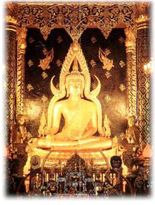
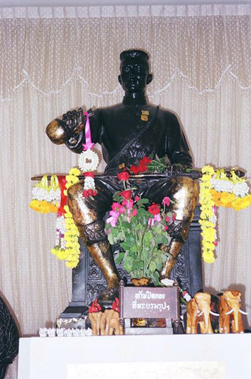
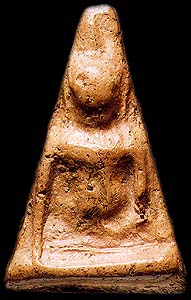
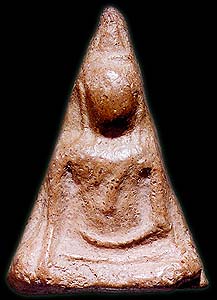
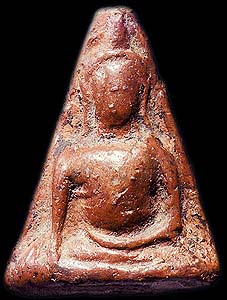
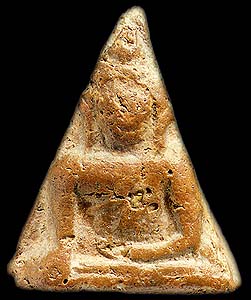
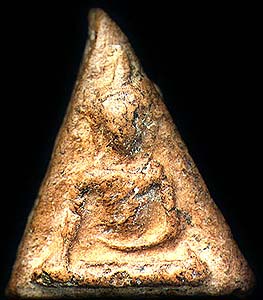
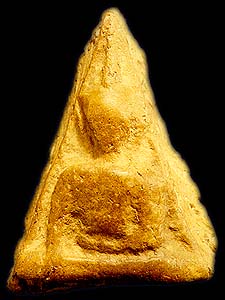
No comments:
Post a Comment